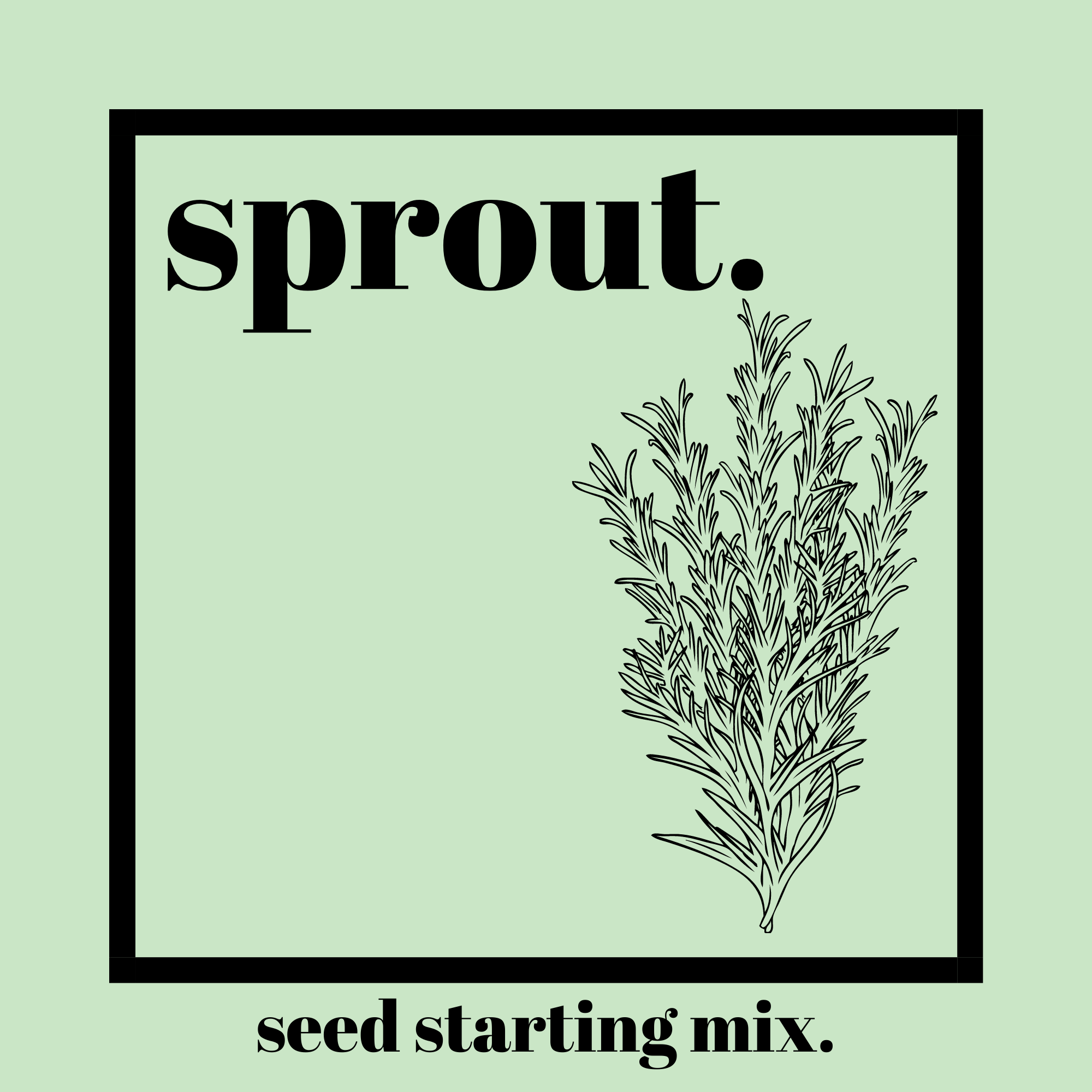Read the latest article from Cleveland.com about our partnership with the West Side Market!
Written By: Courtney Astolfi, cleveland.com
CLEVELAND, Ohio – Food waste generated at the West Side Market will soon be diverted from landfills and sent instead for composting. And if food items are still good, they would go to the hungry.
City Council this week signed off on a contract for the pilot program with Rust Belt Riders, a Cleveland-based business that facilitates commercial and residential composting around Northeast Ohio and services some 300 businesses.
The goal is to create more eco-friendly and sustainable practices at the market, which likely generates tens of thousands of pounds of food waste each year. Sitting in the landfill, that waste generates methane, a harmful greenhouse gas.
It’s also a social and economic matter, said Daniel Brown, co-founder of Rust Belt Riders.
“In the U.S., roughly 40% of all of the food grown will end up thrown away -- and that has an incredibly damaging impact, because the United States will throw away roughly 1.4% of its [gross domestic product] annually, or $218 billion of food. This is the exact same time when, in Northeast Ohio, one in five children are considered food insecure,” Brown said.
The market composting program is expected to kick off after the New Year, once vendors make it through the busy holiday shopping season.
The city is paying for the program using a $60,000 grant awarded to Cleveland Neighborhood Progress from the Robert Wood Johnson Foundation. While the grant expires at the end of October, city officials hope to use the coming months to determine how to continue composting in future years, and how to pay for it, Senior Strategist Jessica Trivisonno said during a Monday City Council committee meeting.










